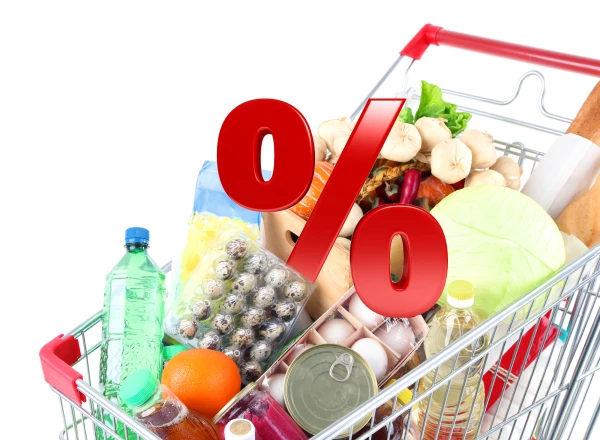
In September of this year, compared to August, consumer prices in Latvia increased by 0.2%, and annual inflation remained at 4.1%, the same level as the previous month.
Oskars Niks Malnieks, economist:
– After the unexpected deflation of food prices in August, the September data was awaited with some concern. However, food prices in September changed little compared to August, which is usually typical for this month. Since Latvia is a small and open economy, it is possible that some of the effects of adverse weather conditions were smoothed by imports. It also helped that the crop failure affected regions unevenly.
If we look at the products included in the "food memorandum" approved in May regarding inexpensive products, it is evident that by August, prices for these groups had decreased by 1.5%, and by September, by 1.8%. As noted by the Ministry of Economics. However, it was not mentioned that historically (from 2005 to 2024) these products usually become cheaper in the summer, and the decrease is typically even one percentage point more. Furthermore, when compared to Lithuania, it is seen that the "basket" of products there has decreased in price approximately the same as ours. Perhaps the Ministry of Economics has different data or another calculation method, but at first glance, the effect of the memorandum is not yet observed.
This year, it is forecasted that the average annual inflation will be around 3.7%. However, there are several factors that may lead to its gradual decline and stabilization below 3% in the coming years.
Peteris Strautins, economist:
– This year, consumer prices and the factors affecting them are receiving particularly close attention. The government is trying to influence the pricing policy of retailers, and in recent months, the issue of tariff formation for the company Rīgas Siltums has also been actively discussed. Meanwhile, the consumer price data since May has been a model of stability: fluctuations fall within a range of two-tenths of a percent in either direction from zero.
Since there was quite pronounced seasonal deflation in August 2024 (-0.5%), this August, annual inflation reached 4.1%. The same figure is maintained in the latest — September — data. Compared to the previous month, prices increased by 0.2%, which is slightly lower than usual for the first autumn month. It is likely that inflation will remain close to 4% until next year. Significant price fluctuations are not expected by the end of this year — last year, the cost of living in the fourth quarter followed a typical seasonal scenario. In October, tariffs for the company Rīgas Siltums increased by about one-tenth, while in other regions of Latvia, they are generally decreasing.
Dainis Gashpuitis, economist:
– In September, price changes were influenced by characteristic seasonal factors, which will also be noticeable in October. It is expected that there will be no sharp increase in the price level as seen in the first four months of this year. The pace of inflation will grow more slowly, causing annual inflation to gradually begin to decline. However, global trade and geopolitical events still leave room for unexpected fluctuations.
Wage growth will continue to exert pressure on price increases in the services sector, including rising utility costs. In October, inflation will be affected by the increase in heating tariffs in many places. The issue of food prices will remain relevant: although the overall rate of price growth is slowing, price increases in certain product groups will still provoke public resonance.
The food price index in September decreased to 128.8 points. The price indices for grains, dairy products, sugar, and vegetable oils decreased, while the meat price index increased. Price growth in the domestic market will be somewhat restrained by political and public pressure on the industry; however, this effect is likely to be short-lived.



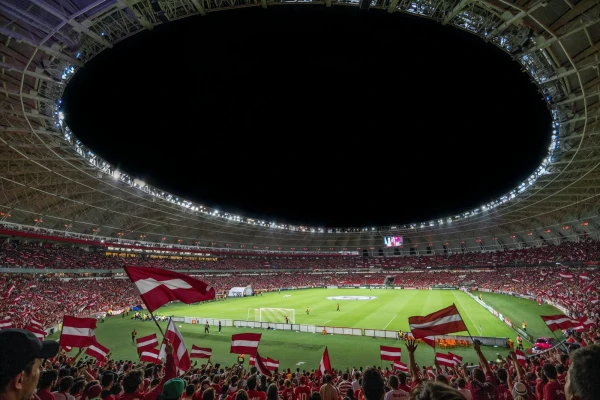

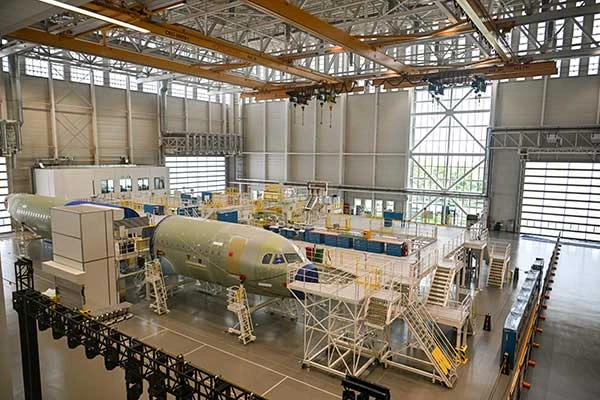
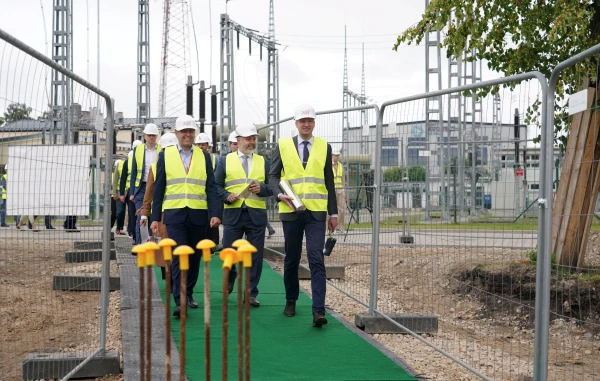
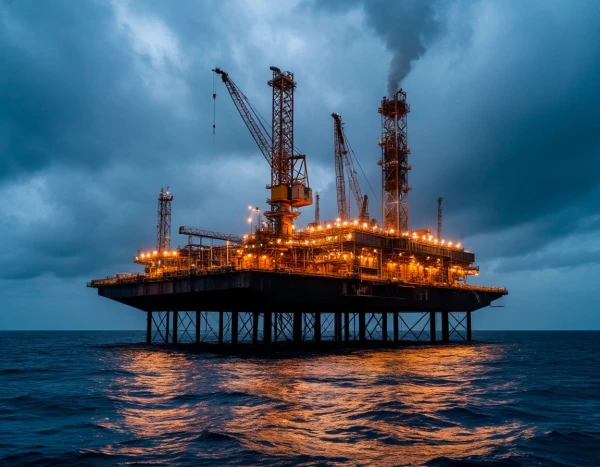






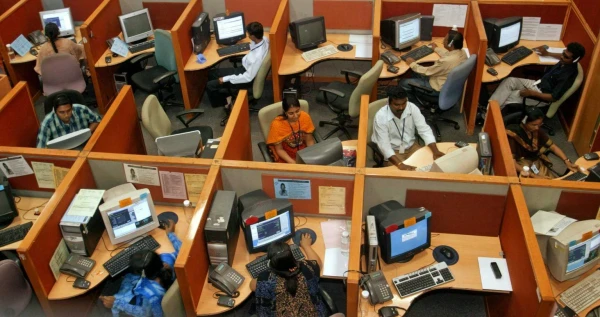
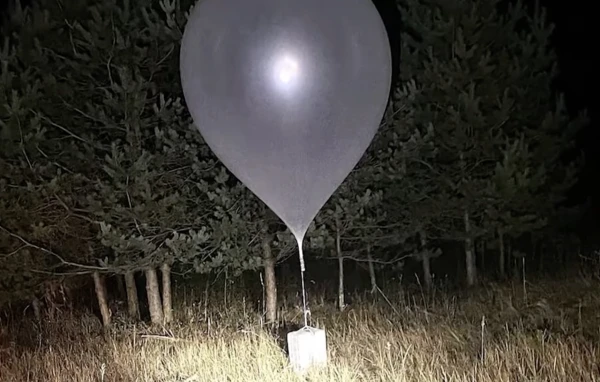
Leave a comment